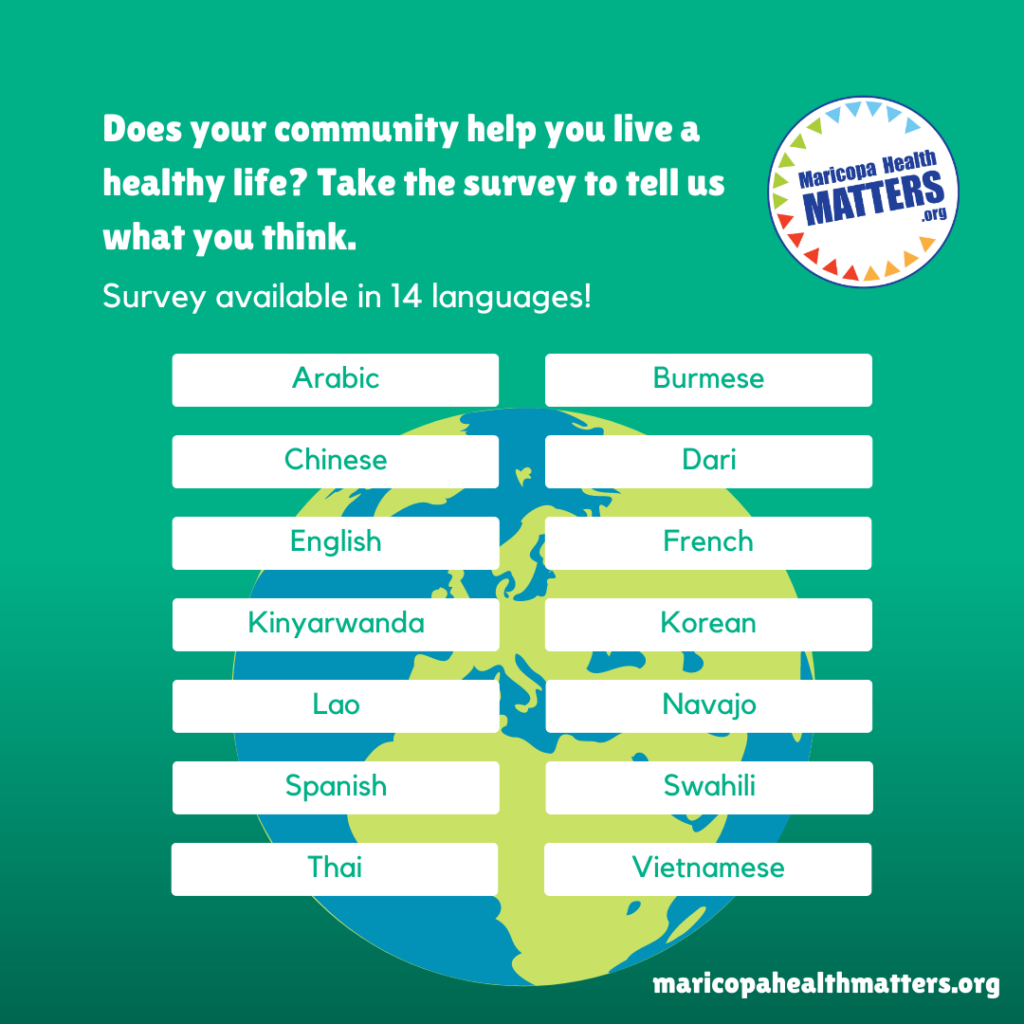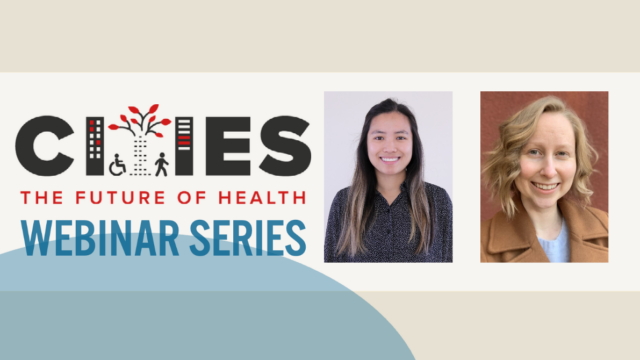Frontline Blog
Top 6 ways to get great participation in a community health assessment
November 2023

Overview
How did the Maricopa County Department of Public Health achieve a whopping 82% completion rate and 50% increase in responses on their recent community health assessment (CHA) survey?
The answer lies in approaching the full assessment process as a core element of the health department’s work rather than a box to check. In fact, the county’s health department has repeatedly found that working through a CHA provides them with ongoing opportunities to cement their relationships with their community in and around Phoenix metro.
Challenge
Community health assessments play a pivotal role in governmental public health. To ensure they are providing what their communities need, health departments must regularly evaluate community health data and check in with residents and community leaders.
The Public Health Accreditation Board, which requires regular CHAs as part of a health department’s accreditation process, notes that “the assessment of the community’s health and community resources lays the foundation for setting community priorities, adopting community public health policy, planning and developing public health programs, and allocating and mobilizing community resources.” In other words, the health department should work with its community to determine the existing health landscape and then develop a set of priorities and a plan of action.
The strategy makes perfect sense, but that doesn’t mean it’s easy to get residents to participate. Maricopa County has an estimated population of 4.3 million living on more than 9,000 square miles – that’s nearly the size of the entire state of New Hampshire.
The large population size and geographic area made it particularly important to capture significant survey participation. From 2019 to 2023, the health department achieved a 50% increase in responses, leading to 18,000 surveys collected. We asked the secrets to their success.

Solutions
1. Understand the assessment process as an opportunity to develop relationships, not just collect data.
Since 2017, the CHA has been a joint responsibility between multiple divisions across the health department, drawing on the strengths of each to accomplish a successful process. The Division of Health, Outreach, Partnership, and Empowerment (HOPE) is responsible for CHA development and outreach; the Division of Epidemiology and Informatics leads data analysis and reporting; and the Office of Communications and Marketing and Office of Organizational Excellence spearhead marketing and process improvement. As a joint initiative between multiple internal divisions, the CHA became focused on cultivating community relationships, while also collecting high-quality data.
Early in their process for their 2023 CHA, Maricopa County utilized funding from the CDC Health Disparities Grant and made mini grants available to community organizations that serve priority populations: people of color, LGBTQIA+, veteran, RIM (refugee, immigrant, migrant), unhoused, and people with disabilities and their caretakers. The mini grants enabled these organizations to act as trusted messengers promoting the CHA survey with their communities. The mini grants also acted as an investment in community partners serving marginalized communities.
The health department deployed its own community engagement specialists to leverage existing relationships within the community and determine culturally appropriate ways to promote and distribute the survey. Their strategy involved recruiting community participants known through their work with local organizations serving priority populations, developing tailored communications strategies, and attending events throughout the community.
2. Set recruitment strategies by smaller units than the entire jurisdiction.
Maricopa’s health department sets proportional demographic recruitment strategies by geographic region for gender, race, age, and priority populations based on U.S. Census population data. When population data were unavailable or limited, they set the smallest region’s cell to 50 (according to CDC’s BRFSS guidelines) and scaled to match other regions. Using this strategy, they guided recruitment by specific populations and provided frameworks to continuously improve survey availability.
3. Integrate the CHA fully into your strategic plan.
Health department goals should arise out of the community health assessment process. In turn, the CHA should focus on measures and outcomes that help the health department set strategic priorities.
Making the CHA part of the strategic planning process also acknowledges that planning a CHA cannot happen overnight. Maricopa County spent 18 months planning their 2023 assessment. They formed eight working groups – including project management, survey development, survey analysis, funding, and outreach and communications – each of which had their own deliverables. The working groups met weekly to track progress and pivot to address challenges and pursue opportunities.
Finally, folding the CHA into strategic planning helps get buy-in from teams across the department to promote the survey since there is a clear connection to their work.

4. Invest in translation and accessibility.
One of the ways Maricopa County connected with their community in the assessment process was by contracting with a vendor and partnering with local organizations to translate their CHA survey – and the promotional materials for it – into 14 languages, including braille.
The department also leveraged their call center where respondents could call for assistance with the survey.
.

5. Remember that digital isn’t everything.
Recognizing that not everyone has digital access or feels comfortable with online surveys, Maricopa County makes their survey available in print as well. In the end, more than one-third (approx. 5,000) of returned responses were printed surveys.
The health department hired data entry specialists to enter these responses and created a standardized protocol so that the data entry would be consistent.
Maricopa County also produced some of their surveys in a large-print format to make it more accessible to people with visual impairments.
6. Never stop working on CHAs.
Maricopa County is still conducting focus groups and interviews and collecting additional assessment pieces to inform both county and partner strategic plans. Along the way, they continue to learn, evaluate, and plan for the next CHA cycle. The ongoing process has deepened the health department’s communication with community organizations and built trust across the county.
The department shares its work with its data collection partners to provide useful tools for them to use in their community work and grant applications. Providing these direct benefits and engagement to community partners builds investment in the work and demonstrates that the health department doesn’t only reach out when it wants something. Ultimately, prioritizing consistent communication and accessible data collection and reporting demonstrates that the health department is invested in the community they serve.


